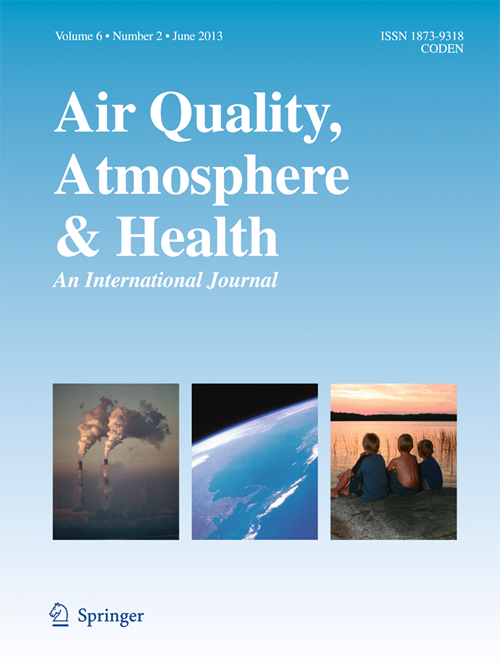The association between ambient Pm2.5 and daily outpatient visits of ophthalmic diseases in Dandong City, China
Abstract
Ambient fine particulate matter (PM2.5) has been associated with ophthalmic diseases; however, its seasonal variations remain insufficiently explored, particularly in cool climate regions. This time series investigated the association between short-term PM2.5 exposure and daily ophthalmic outpatient visits, as well as the potential seasonal variations and the mediating role of relative humidity in Dandong between 2016 and 2019. A total of 326,840 outpatient visit records were collected from two municipal hospitals. Generalized additive models (GAMs) were used to estimate the excess risk ratio (ERR10(%)) associated with a 10 μg/m3 increase in PM2.5, while mediation analysis was employed to assess the indirect effects mediated by relative humidity and temperature. A positive association was observed between PM2.5 exposure and daily ophthalmic outpatient visits. Based on 7-day moving averages, the ERR10(%) was 1.14 (95% CI: 0.39–1.89) at lag 0–3 days and 1.05 (95% CI: 0.30–1.80) at lag 0–4 days, exceeding those obtained from the 2-, 3-, and 5-day moving averages. Seasonal analysis revealed associations during the non-heating season, with ERR10(%) estimates reaching 2–4% at lag 0–3 days, while weaker associations were detected during the heating season. Furthermore, relative humidity exhibited a partial mediating effect in the association between PM2.5 exposure and daily outpatient visits. These findings provide robust evidence of the short-term association between PM2.5 exposure and ophthalmic health in cool climate regions and highlight the need to include seasonal variation in risk assessments and target public health interventions.

 求助内容:
求助内容: 应助结果提醒方式:
应助结果提醒方式:


